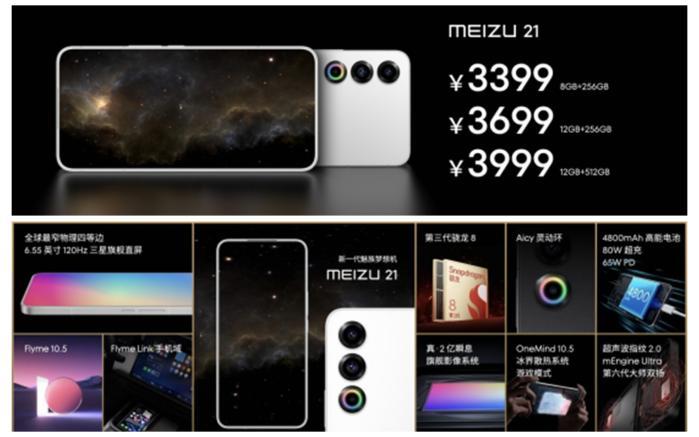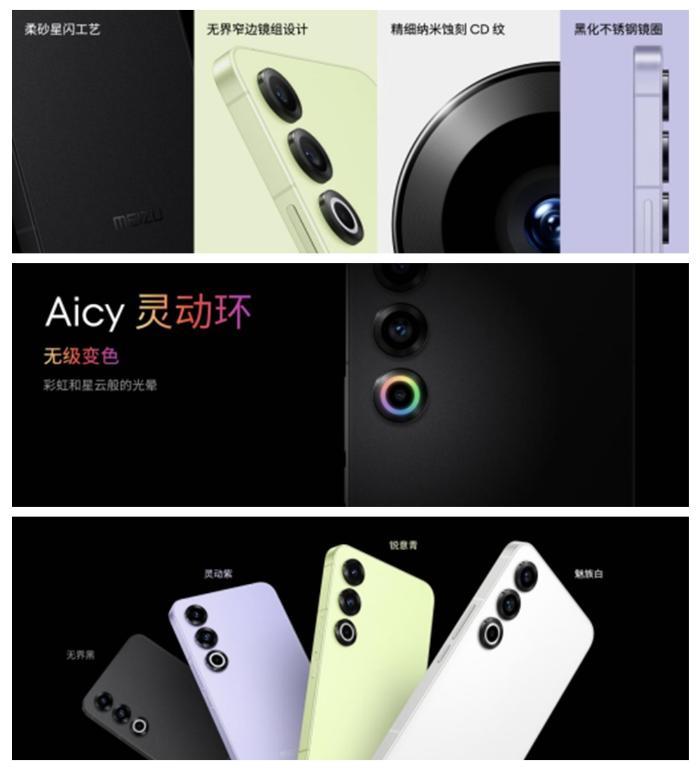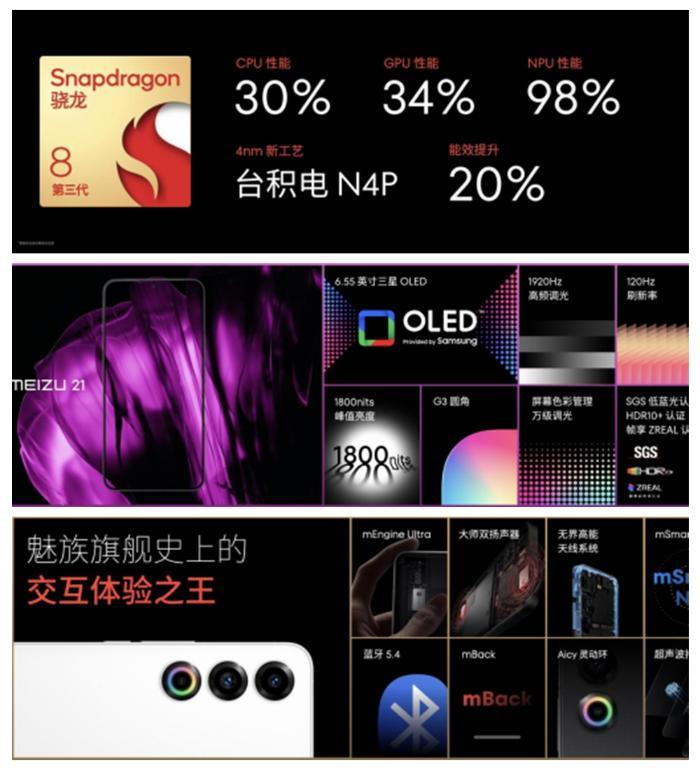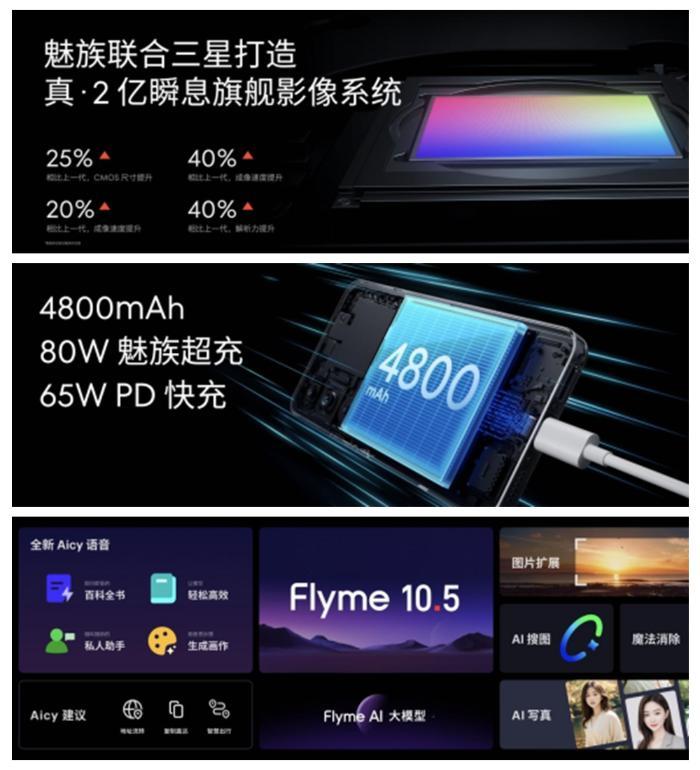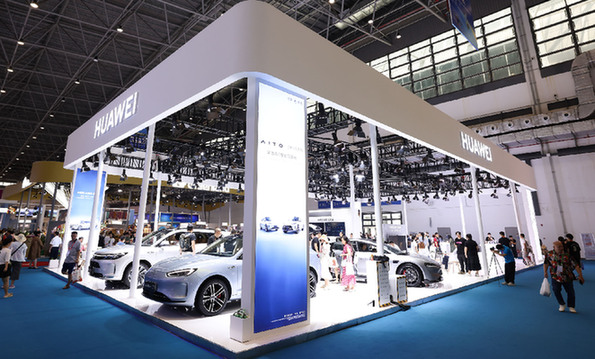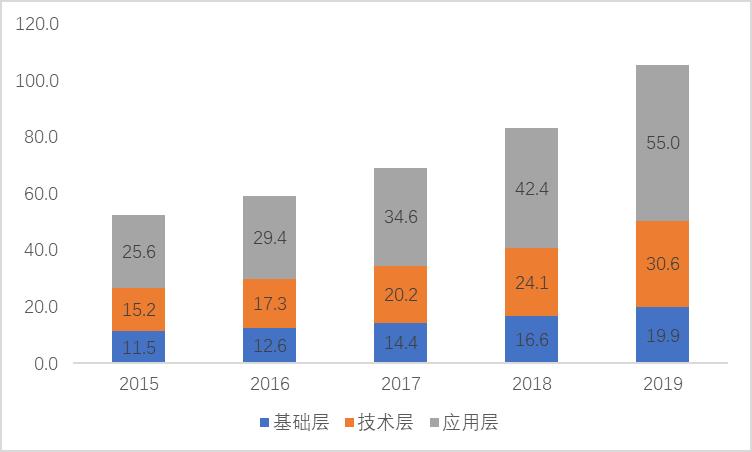The front face of the 18 Nissan Y62 new cars has a strong impact, the middle net area occupies the entire front face, and the chrome decoration is added to create a family-style front face. The 4-caliper high-performance front is used, which greatly improves the safety performance. Nissan can definitely be called a big guy, especially, the length of nearly 5.2 meters will make you feel that you have a strong desire to conquer it. Car consultation hotline: 18222125128 (same as WeChat) Xiaohui
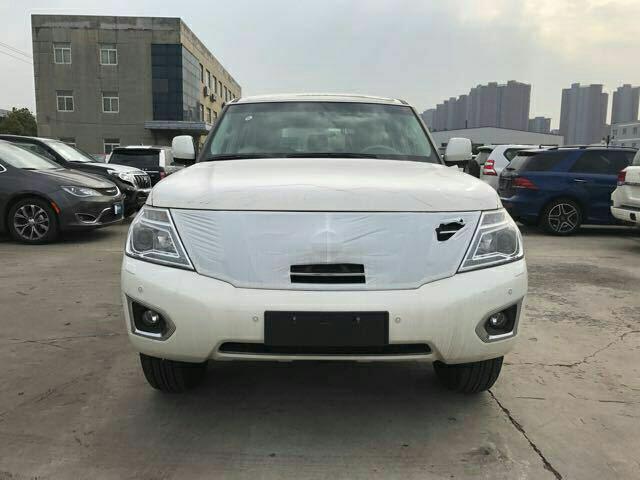
This smart mirror has four advantages over ordinary mirrors:
Advantage 1: No obstruction, unlike ordinary reflectors, which will be blocked by the headrest in the car. With it, even if the trunk is full of luggage and piled up to the roof, it will not hinder the line of sight.
Advantage 2: Wide viewing angle. The newly added head has a 180-degree viewing angle, which is known as no dead ends and no blind spots, which cannot be achieved by ordinary reflectors.
Advantage 3: High brightness. In rainy days and evening, this smart phone can present a brighter picture than the actual environment because its brightness can be adjusted.
Advantage 4: It is operated by OurHours, whether driving, parking or reversing. Therefore, when reversing, in addition to the original, there is a higher perspective, which is the origin of the legendary "double reflection".
18 models, starting from the mid-range SE, are all equipped with this smart phone, while the low-end XE does not.
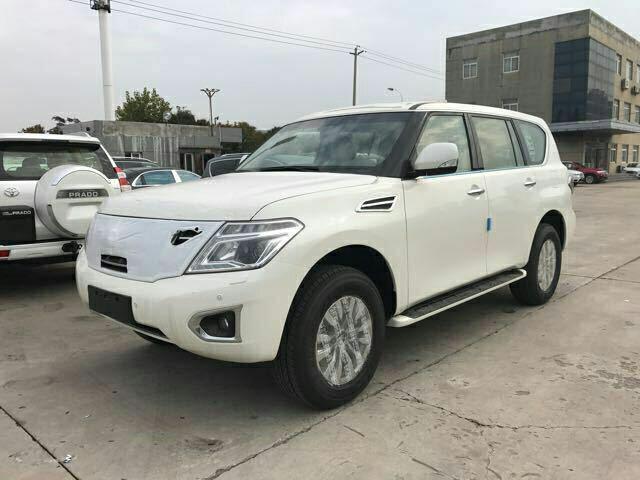
Y62 18 model, Middle East version 4.0L: It adopts the four-wind wheel design commonly used in luxury cars. The thickness is relatively suitable, and the material of genuine leather and solid wood is used, which makes it feel excellent to hold. In addition, the steering wheel has powerful functions, integrated audio, air conditioning control and Bluetooth car hands-free system, so that the driver is safer in driving and never leaves the steering wheel. At the same time, the steering wheel heating function allows the driver’s hands to get the best care in the cold winter.
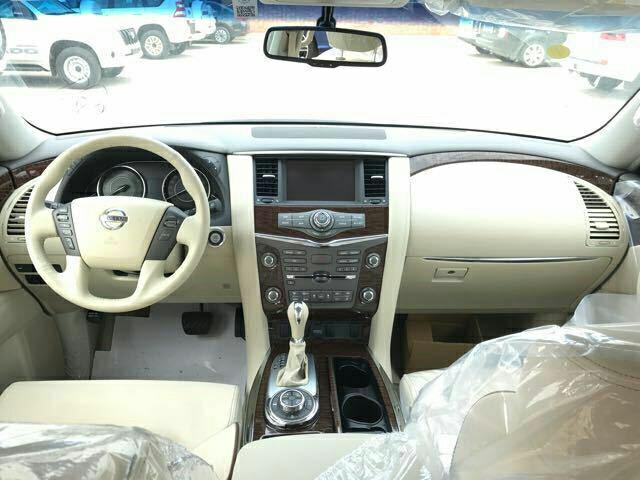
Compared with the 2017 model, what has changed in the 2018 model? First of all, the number has changed. The tenth letter of the number has changed from the H of the 2017 model to the J of the 2018 model. So, looking at the tenth letter of the number, you can know whether the vehicle is a 17 model or an 18 model. Since the 18th model, some XEs have added a configuration:, and with. Under the center console, there are two more USB sockets, although it is not high-tech, it is not available on the 17th model. In addition, under the control panel of the rear air conditioner, there are also two more USB sockets, so there are a total of four USB sockets in the front and rear, which is an advance with the times. The 17 SE-T2 models have two types of 7-inch screen and 8-inch screen, and the 2018 models have become 8-inch screen uniformly. Compared with the 7-inch screen, the advantage of the 8-inch screen is that it has navigation, can be localized, and is a touch screen. The intelligence of the new SE looks no different from the regular reflector, but after pressing this open button, it will change from a mirror to a screen showing the image of the rear of the vehicle. Working with it is the top of the rear windshield and the newly added rearview head. So, with the original reversing head, the 2018 SE has a total of two rear heads.
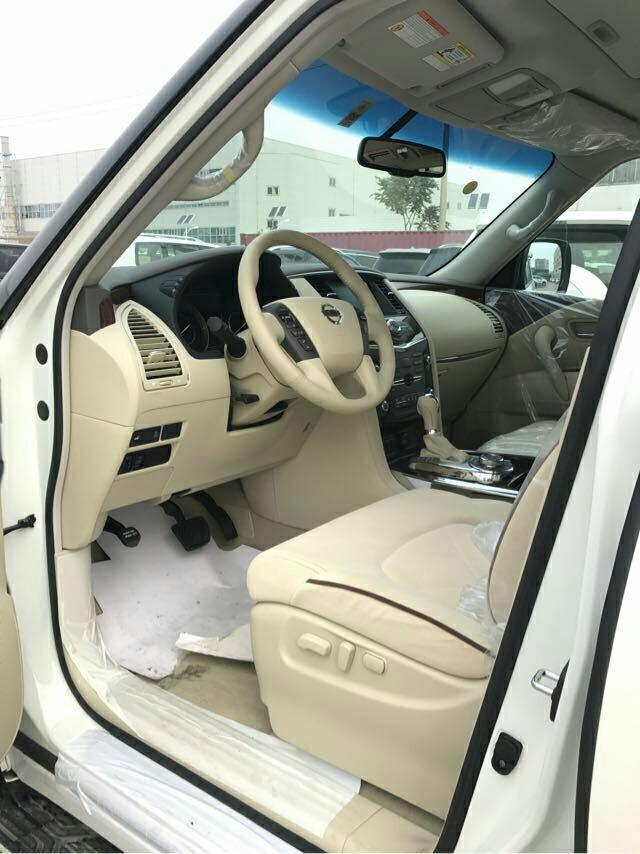
Interior: The 18 Y62 models have been made a big deal. In addition to the overall tough lines, it is difficult to find out what is not trendy enough. In terms of size, the biggest competitor is yes, and the size of the two cars is basically the same. The 18 Nissan Y62 enjoys off-road release vitality, perfectly combining body posture and wild performance. The large-scale chrome decoration with the black honeycomb middle net also adds a bit of luxury to the new atmosphere.
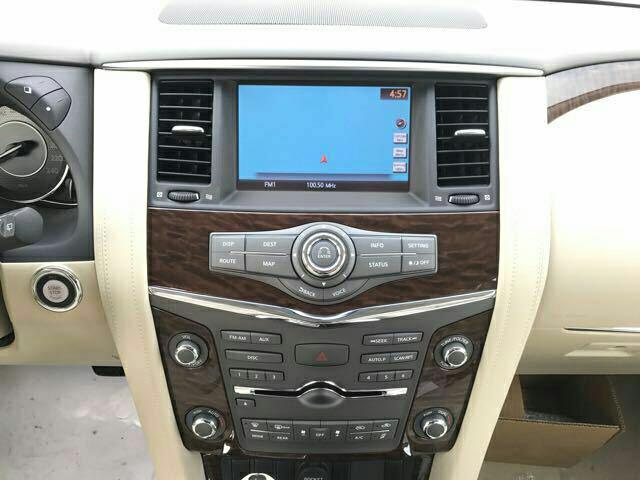
The new Y62 adopts the four wind steering wheel design commonly used in luxury cars. The thickness is relatively suitable, and the material of leather and solid wood is used, which makes it feel excellent to hold. In addition, the steering wheel is powerful, integrating audio, air conditioning control and Bluetooth car hands-free system, so that the driver is safer in driving, and never leaves the steering wheel. The most impressive thing about the original model is that it is huge. On the basis of retaining this consistent hard style in the car, great efforts have been made to improve the luxury. The panoramic style should be a proud technology. As the top model of the family, this configuration is naturally indispensable.

This generation uses the dual fork arm system, which greatly improves the comfort and handling of the vehicle on the paved road. The classic self-priming power combination is impeccable in terms of off-road performance. The low-speed four-wheel drive, rear, and all-terrain off-road modes make it an off-road beast. Size: 5165.1995.1940
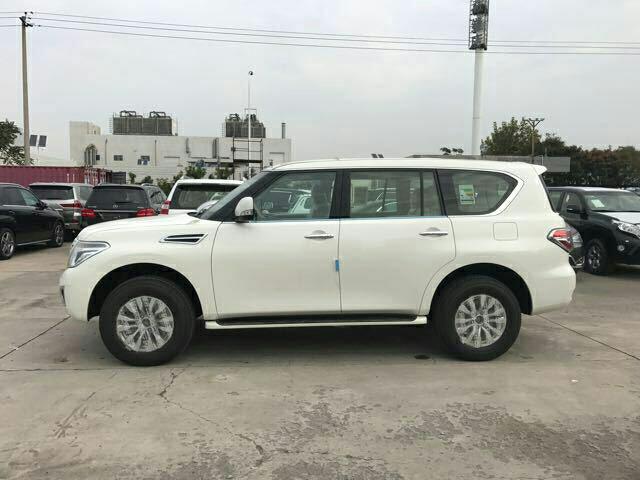

The 18 Nissan Y62 4.0XE models are not inferior in size in the same class, and the interior space is also considerable. Whether it is the front seat or the rear seat, it can achieve spacious space. The appearance is full and thick, the lines are simple and simple, and the design is not too streamlined. The exaggerated honeycomb grille and thick chrome plating highlight the roughness and toughness. The overall appearance gives a sense of back-to-basics simplicity and a traditional sense of roughness.
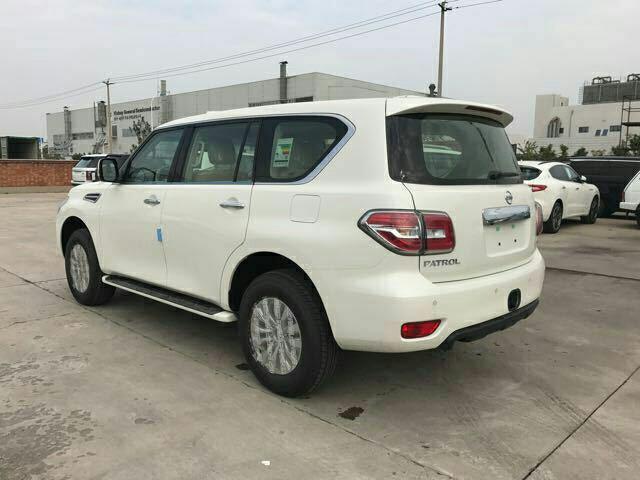
The 18 models use a 4-caliper high-performance front, which greatly enhances the safety performance. Powerful power output and recombination can be taken to explore almost any difficulties and dangers. The 18-inch is not too big, and the multi-spoke shape is relatively thick and luxurious. The 4-caliper high-performance front is used, which greatly enhances the safety performance.
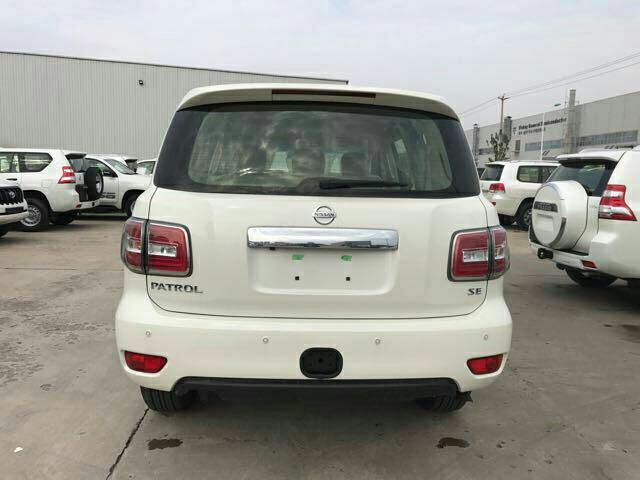
18 models 4.0 The rear design of the car is tall and powerful, and the taillight group is fully transparent and integrated with the light source. In terms of size, the length, width and height are the same as those of the current model, which are 5140/1995/1955mm and 3075mm respectively. The new model continues the design style of the current model, and the overall shape is tough and powerful. In the front part, there will still be a large and sturdy trim, with a mesh air intake grille. And in the rear part, the taillights have been upgraded.
